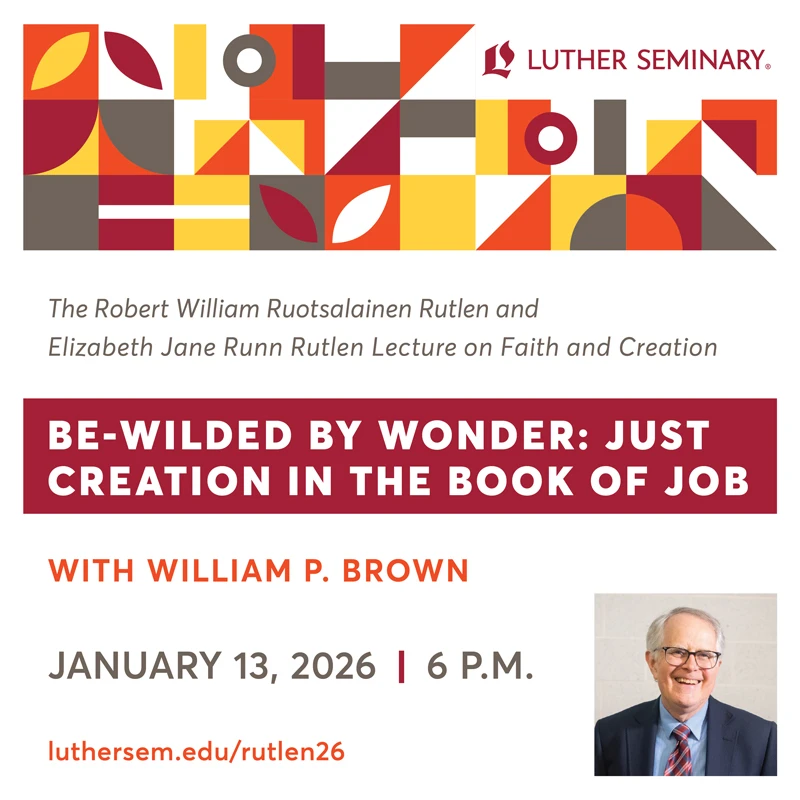SUMMARY
These chapters (and 1 Kings 1–2) are either an extended narrative describing the struggle for who will succeed David on the throne or, as is generally believed these days, an extended narrative describing the consequences of David’s sin with Bathsheba.
ANALYSIS
Chapters 9–20 (with the first two chapters of 1 Kings) present the complicated path that led to the fulfillment of God’s promise to DavidSecond king of Israel, David united the northern and southern kingdoms. More that upon his death God would raise up one of his offspring to rule over Israel (2 Samuel 7:12-13). Since Solomon was that ruler, these chapters have been interpreted as an attempt to explain how David’s tenth son became his successor. In these chapters, Amnon, Absalom, and Adonijah, in turn, fail to succeed their father because SolomonThird king of Israel who was known for wisdom and building the first Temple. More was God’s choice. The long story is notable for its concentration upon David as a flawed human being, rather than David as the king. David’s failures in his personal life, as well as his shortcomings as a father, are presented without apology. This is in contrast to the previous chapters in which David is portrayed as the successful recipient of God’s favor.
These literary factors have led some to question whether the theme of succession to the throne, so prominent in 1 Kings 1, is the central concern of these chapters (2 Samuel 9–1 Kings 2). Rather than providing a legitimization of Solomon’s ultimate rule, these chapters may simply be a pastiche of narratives concerning David’s family that have been woven together to detail the decline of the king in his later years. The succession aspects only appear with the addition of the material from 1 Kings, which is separated from 2 Samuel 9–20 by the final four chapters of 2 SamuelThe judge who anointed the first two kings of Israel. More, a self-contained appendix.

